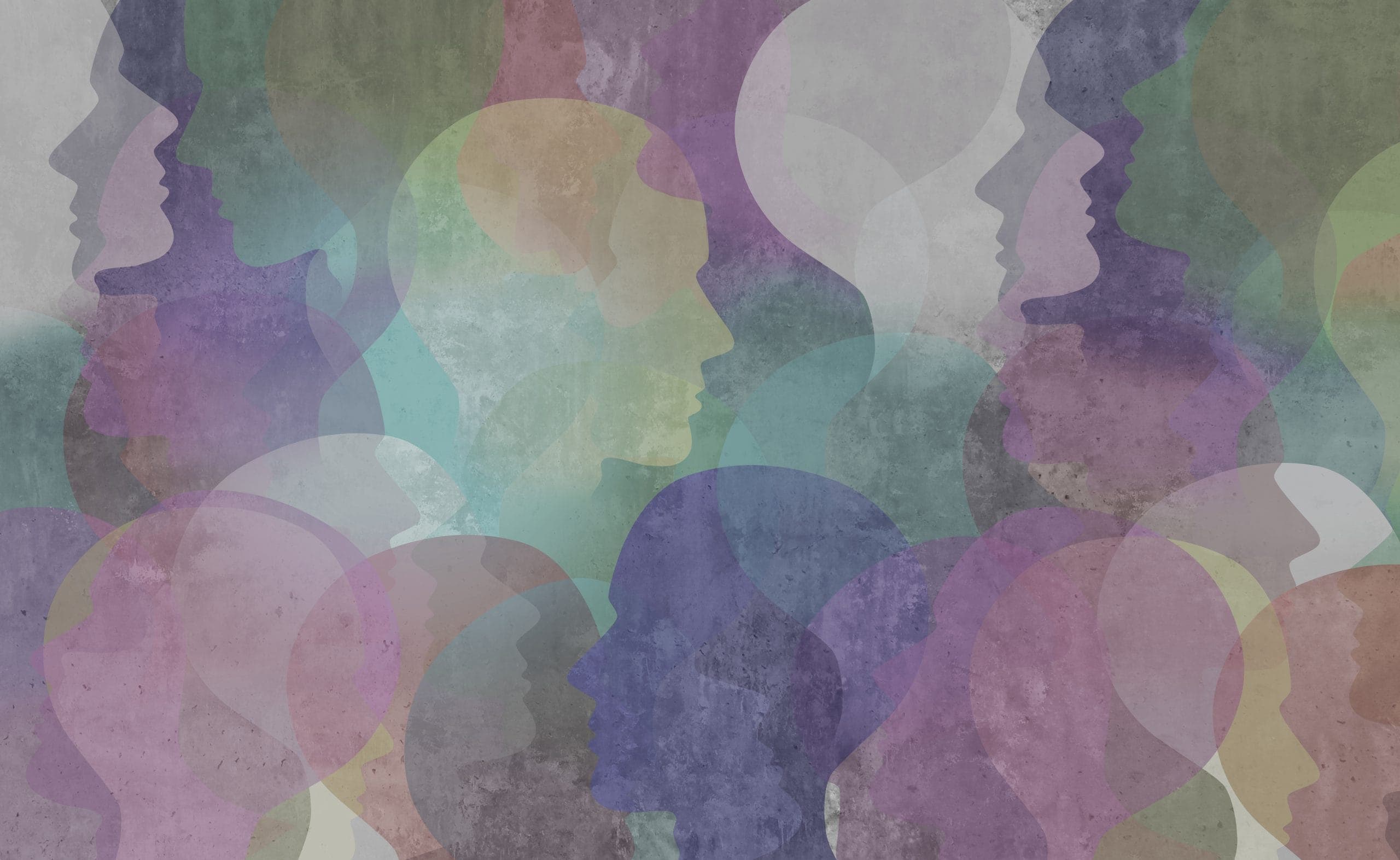
Share
We need to do more.
That’s the simple truth we learned when we took the time to examine our own efforts to improve diversity, equity and inclusion (DEI) both within our company and our community.
Diversity and equality are important values for our company, and while we have taken some positive steps forward, such as making Juneteenth, a celebration of the end of slavery, a paid company holiday, we still need to do more to make sure that our actions are consistent with our values.
“Active inclusion has been in our company DNA since day one,” says Advertise Purple President Kyle Mitnick. “However, today, it’s not just about just ensuring a diverse workforce, managerial diversification, equitable pay, proper company messaging, and philanthropic events for the underserved community. We need to do more. We need to take steps outside our comfort zone, initiate dialogue with community leaders, and join hands with our neighbors to construct a bulletproof DEI strategy.”
To make sure that our actions are consistent with our values, Advertise Purple is preparing to implement a multi-step diversity plan that we believe will deliver real change for us as a company.
“Our first plan of action is to get a diversity task force together which we hope to have done by March 1st,” says our HR administrative specialist Shaquille S.. “We’ll also hire a DEI consultant to pair with that so that we can not only have the resources and the tools in place but fully understand how we can facilitate conversations within the company about things like microaggressions or race in the workplace. These can be challenging conversations and we want to be sensitive to everyone’s background and experience.”
And while those are important steps to take, talk is cheap if you don’t back it up with positive action. That’s why we also plan to take steps to actively recruit people from underrepresented groups.
Our HR Recruiter and Specialist Dee C. has already begun an aggressive outreach campaign through different diversity channels.
“This year I will be sending out our job ads to the HBCUs and different groups within the Los Angeles metro area. I’ll be reaching out to college affinity groups such as Chicano groups and black student unions. I’m already in touch with UCLA’s black student union and CSUN’s Chicano group. For all of our entry-level positions, I am looking at those affinity groups for resources. And I’m also looking for ways to bring diversity to our executive and management levels.”
In a competitive hiring environment, that outreach is not always easy, but through Dee’s efforts, we have already begun to see results.
“Locally, I have connections with groups like Black in the Valley who we worked with on our toy drive. There are about 10,000 people of color in that group, and we’ve recruited a few people who are now working here. So that model has begun to pay off for us. My plan is to keep diversifying our workforce on every level by reaching out to different affinity groups, whether they represent people of different ages, ethnicities or gender identities
And while DEI is important for its own sake, its also become an increasingly important part of any business’s best practices.
A study released by McKinsey and Associates revealed that companies with the highest levels of executive gender diversity were 25% more likely to have above-average profitably, than those companies in the bottom quarter of gender diversity. Similarly, the study showed that those businesses that were more ethnically and culturally diverse were 36% more likely to outperform expectations than businesses with lower representation.
The study further showed that these companies achieved diversity by taking bold, planned and conscious steps to not only recruit more diverse candidates but to also make sure that they had created a welcoming culture and work environment for everyone.
In other words, diversity isn’t something that just happens because you write it in a values statement. It needs to be an active and ongoing part of who we are as a company.
“The goal of our DEI initiative is to uncover and reduce hiring bias, increase the diversity of our candidates in our organization, and mobilize our internal team with tools and training needed to impact DEI at scale,” says Dee.
Change is never easy, but we know that it is necessary. We all want to live in a country where everyone is treated with the same level of compassion, respect and decency regardless of their race, gender, sexual orientation or any other part of their identity.
And while we know it’s not something we can do all by ourselves, we also know that we have an important part to play by becoming conscious of how, through our actions, we can create the change that we wish to see in the world.





